If good design is invisible, then you might not notice the intentional choices that go into designing a landscape. It’s the work of a landscape architect to subtly guide you through a physical space and shape how you interact with it, and it’s a bit more than just choosing the potted plants.
To learn more about the work of a landscape architect, we spoke with Bret Hanson, who has worked for a variety of firms on projects ranging from public infrastructure to landscapes with Walt Disney Imagineering, and now is working in sustainable urban design with LPA Inc.
Pictured above: Plan for West Hollywood Park, image by LPA Inc.
Tell us a little about yourself and your experience.
Howdy! My name is Bret Hanson and I am a licensed landscape architect, which gives me the awesome authority to legally call myself a landscape architect, sign documents into construction, and explain to people I do more than residential. Currently I work for multi-disciplinary design firm, LPA Inc., in our Orange County office, specifically our Urban Design Studio. I have 10ish years of experience (straight outta Kansas) having worked at (four) very different companies and covered probably every market segment imaginable. Currently, my portfolio in LPA’s Urban Design Studio focuses on civic, health care, life science, and various targeted developer work.
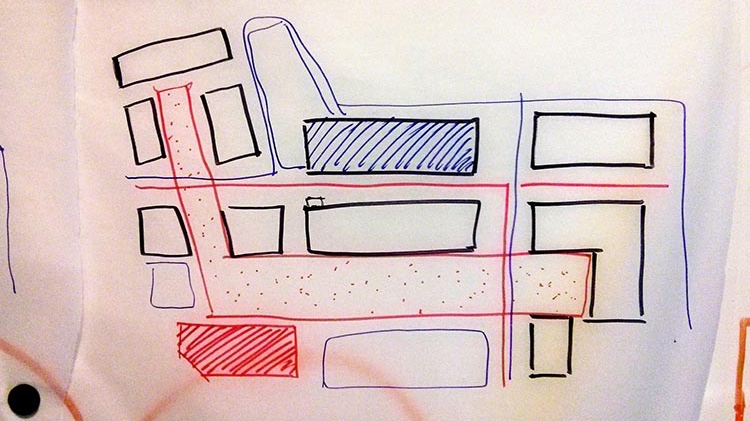
What drove you to choose your career path?
I was born, raised, schooled, and corn bread fed in Kansas. My mum’s side of the family were people of the soil, before, during, and after the depression. I spent a lot of my youth on our grandparents farm hunting, fishing, camping, hay bailing, off-roading, cow-tipping, and adventuring throughout the rural surroundings. One of my dad’s passions is sailing (yes, we actually have lakes in Kansas) so we also spent a lot of weekends on the water. Additionally, my mum has a background in textiles and my dad is a professional guitarist so I like to think some creativity inherently runs through these country veins.
As a kid my toy arsenal included LEGO, Lincoln Logs, G.I. Joes, He-Man, etc. From these tools many elaborate structures and forts were built with epic battles ensuing. This evolved during high school by me delving into architecture classes, even though I had the drawing skills of a two year old. I originally attended college to pursue architecture but switched to landscape architecture because I thought it offered more variety and was more encompassing. The biological nature of a “landscape” being alive was, and still is, poetic to me. These traits and experiences helped guide where I landed today, and planted the seed for my love and respect for working with our exterior environment.
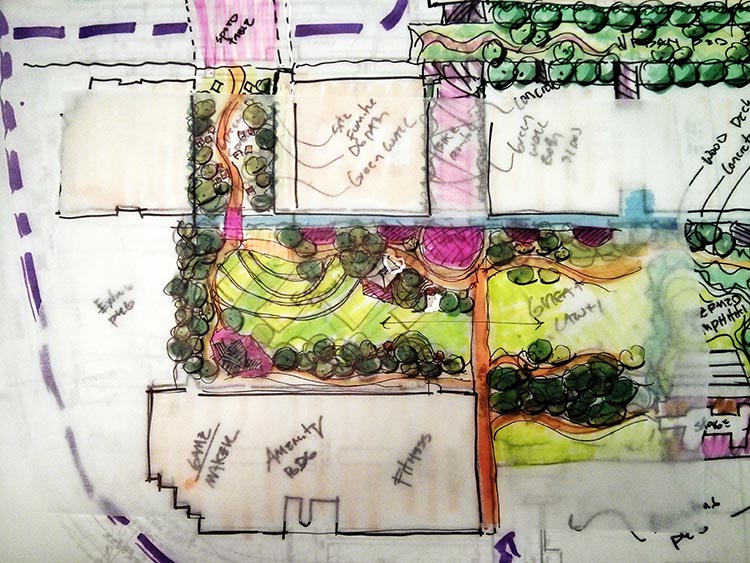
How did you go about getting your job? What kind of education and experience did you need?
I was born a surfer in a Kansan’s body, so after graduating with a Bachelors of Landscape Architecture from Kansas State University, it was California or bust. KSU’s program offers a semester long study abroad or internship program. I decided to intern abroad in California and snagged a couple of great internships in Orange County, which led to a permanent position after graduation. The steps to becoming a professional landscape architect are similar to architecture.
What kinds of things do you do beyond what people see? What do you spend the majority of your time doing?
The internet memes usually portray landscape architects as either mowing lawns or sitting behind a desk clicking CAD all day. Part of this is true and you can definitely get pigeon-holed. In reality, no matter the discipline (landscape architect, architect, engineer, etc), our profession is extremely expansive. We are not only designers but planners, innovators, communicators, writers, coordinators, managers, marketers, green building leaders, and more. Landscape architects not only need to know about plants but also paving, walls, fence, rails, concrete, wood, metal, furniture, lighting, water features, irrigation, water management, and sustainability. Additionally, we must understand the construction of each piece and how they all stitch together cohesively within the overall site and ecological cycle. We do not just draw beautiful lines — those lines must be approved by agencies, to code, within budget, buildable by contractors, and hopefully sustainable. As Ned Stark once quipped, “One does not simply draw a paving joint”.
Additionally projects have multiple phases and each phase has different players — clients, multiple disciplines, consultants, product vendors, cities, agencies and contractors. This makes coordination and communication two of the most important skills within our profession as they are continuous throughout project life. An over simplified project phasing would be Conceptual Design, Construction Documentation (drawing and writing how project is built, agency approvals, bidding), and Construction.
Personally — my current week is roughly 25% coordination (email, phone calls, meetings, submittals), 30% documentation and design (sketches, exhibits, CAD, Adobe, Bluebeam), 20% construction administration (field review, submittals, RFI, putting out fires), 20% management (project tracking, scheduling, reviewing plans), 5% miscellaneous (internal operations, marketing, recruitment, etc).
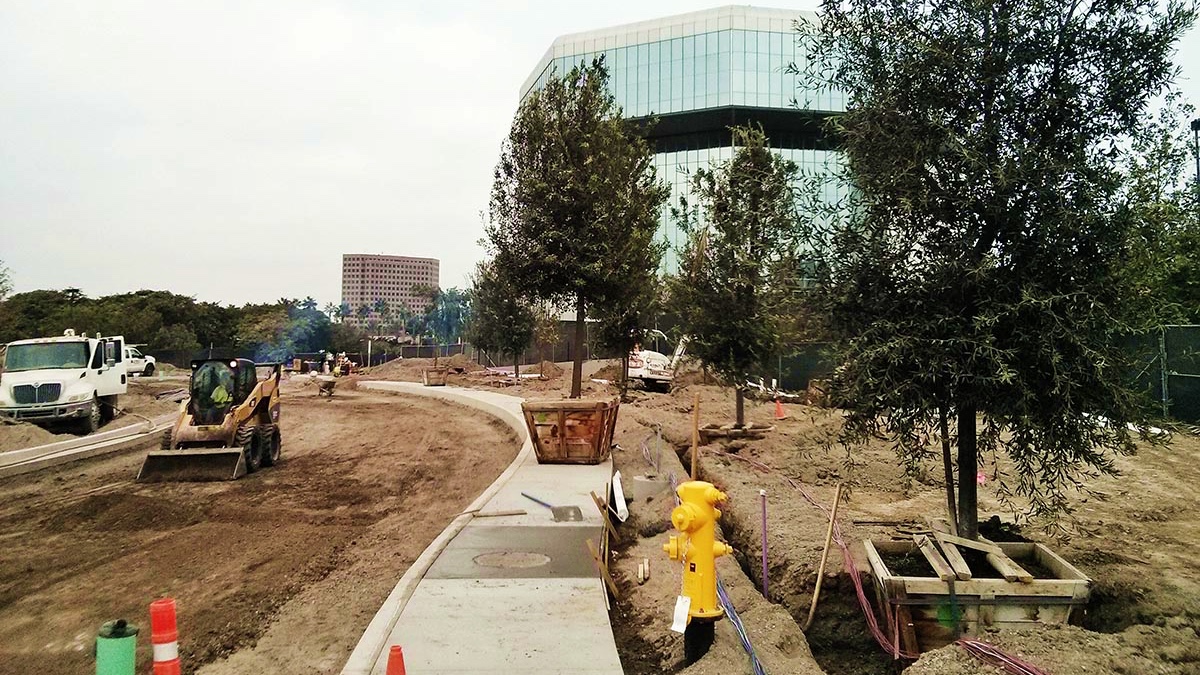
What misconceptions do people often have about your job?
As joked above, many people believe we are “residential” specialists and that we know everything there is to know about plants. Insider information reveals many landscape architects are not plant experts (including myself). I usually describe landscape architecture as “area development”. Our profession encompasses the entire site, overlaps and coordinates with many disciplines, and projects vary from that home owner’s grotto, to schools, to transit, to amusement parks, to planning entire cities. As noted in the previous question, our work and skill sets are expansive and diverse. I believe our architectural skill sets translate across many different industries. Fashionably speaking, with their all black jump suits and attention to eye-wear, architects would make great West German talk show hosts.
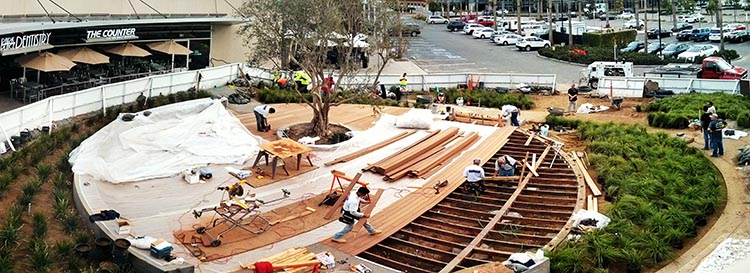
What are your average work hours?
I am currently blessed to work a fairly balanced schedule for our industry — but each day is unique, extremely fast paced, and action packed! Another benefit, some firms (including LPA) are cognisant of their employees’ lives and allows for flexible schedules in getting your work done (all within reason). Previously I have worked at a firm where 60 hour week(ends) was common and another where employees basically punched 8AM and 5PM. Most would agree the latter is not the norm and that building industry culture is more grind than a 4,400 horsepower locomotive screaming down the tracks. As stressful as long work weeks can be, they can also be the most rewarding. Personally I enjoy the fast pace — even though I get totally turned-upside-down stressed. Overall workflow varies office to office and usually boils down to project type, submittal fluctuations, and personal work style.
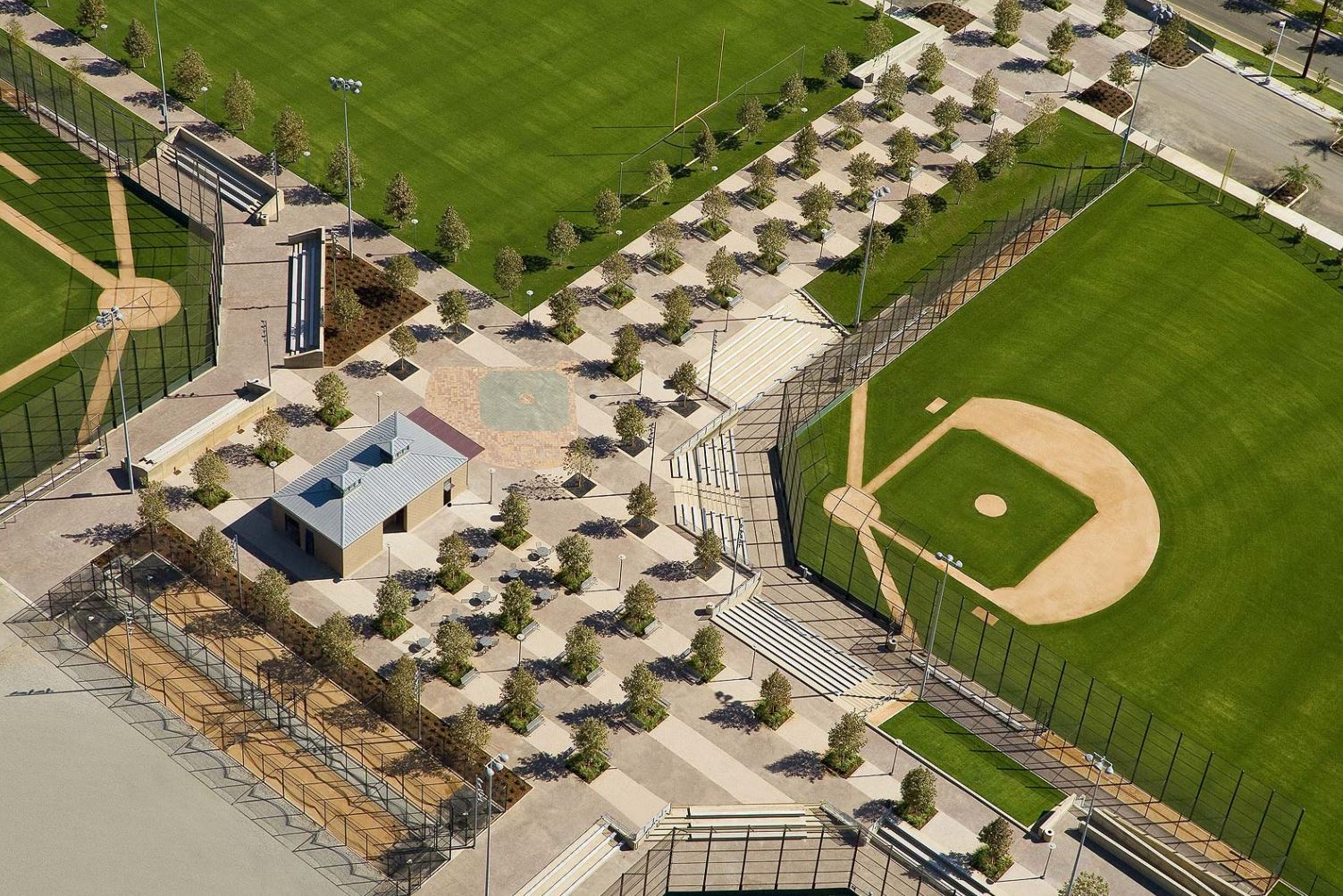
Pictured: Brea Sports Park, photo by LPA Inc. and Costea Photography.
What personal tips and shortcuts have made your job easier?
LPA has built-in human shortcuts (in house teams) which have been to my efficiency what the flux capacitor was to McFly’s driving. I challenge all recent grads to work in an office without these luxuries so they can be fully appreciated:
- Entitlements team – They are experts in all things agency — submittals, comments, demands, etc. They do this all with a smile even through my constant harassment.
- Repro graphics team – These dudes print, scan, fist bump, and provide delicious Friday bagels to boot. Bagels are key.
- IT – Our in-house IT is licence to ill. While repairing a networking meltdown they will still take a minute to show me for the fifth time how to setup a conference room for an online meeting I am 15 minutes late for.
Working in a truly integrated and multi-disciplinary office means our in-house knowledge base at LPA is a valuable shortcut as well. I can throw a Staedler and hit any number of people with expertise which I want to marinate in — architect, engineer, interiors, marketing, etc. Going more niche, I sit next to a certified arborist, can holler at a building code wiki, or shoot an IM to a LEED expert.
Personally, GTD is a passion of mine which I could bore people to death about for days and personal organisation is on the obsession level. I dabble in many things Google (Drive, Calendar, Keep) and also utilise Word, Excel, and Outlook. Through these tools I have created many templates (commandeered a few) and bent them to my organizational will for scheduling, project tracking, submittals, and documenting a variety of processes. Documenting processes (step by step) is handy in passing along to others when training. Another recent program that has been revolutionary to my productivity — Bluebeam Revu. The interface is simple and it allows for easy reviewing and commenting or quickly developing a highly informative document: coordination exhibits, illustratives, presentations, etc. I sometimes think CAD wishes it was BB. True story: with all the time we spend with CAD and its shortcut keys, sometimes I will do something wrong (like parking a car) and instantly think about hitting “U” for undo.
What do you do differently from your coworkers or peers in the same profession? What do they do instead?
I spent the early part of my career working stressed, focusing on the wrong things and it negatively impacted the way I treated people (and was my own fault). Something I am trying to do differently myself and want our building industry to do differently is not just build buildings but “build” people and relationships. Historically speaking, our industry has usually been about the projects (aesthetics), evolved to include environmental sensitivity, and is just starting to touch on resilience and personal wellness. I want to challenge myself and others to lead the next phase — creating buildings and places of servitude that influence its users to be the same. It sounds idealistic but outside our personal bubbles (especially the OC) we live in a world prevalent with, among other things, mental health issues, loneliness, and strife. If Amazon can do online shopping differently and Google do search differently, then why can’t architecture firms evolve and do different things than just buildings? The media, social media, and technology control the digital world but we can steer conversations and interactions through the real world. Our mindsets influence our designs which in turn are reflected on the product users. We adapt to and become our surroundings.
This goal has taken shape over the past year and has been influenced heavily by my wife’s career, locations I have worked (Orange County versus downtown LA), and the people I work with. Being a huge homer, I have experienced LPA to be a firm overrun with people of extreme hospitality and friendliness. It’s hard to walk around all our five offices without seeing a smile, hearing a howdy, blasting a fist bump, or becoming the punchline of a walk-by joke. Last year some people started a weekly BYOL [bring your own lunch] called ‘LPA Counter’ as an informal open invitation to have lunch and get to know each other. On our intranet site we have a “Kudos” page where you can see a stream of thankfulness in action. It all starts with the little things, and I think our entire firm from top to bottom does office culture differently which definitely translates to our projects.
Speaking of doing things differently, working in the design industry means you are surrounded by highly creative and innovative people every day. It is well-known I am a prideful guy but I am secretly humbled by all the talent experienced through my career. Our landscape studio and UDS team influences me every day. Gus, our fearless leader, is also a world class mentor who I learn something from every day. Danielle’s progressive creativity challenges my brain to move in different directions. And our recent grad, Lindsey… if I had her listening and learning skills I could have already been retired on an island drinking a Lime Ricki.
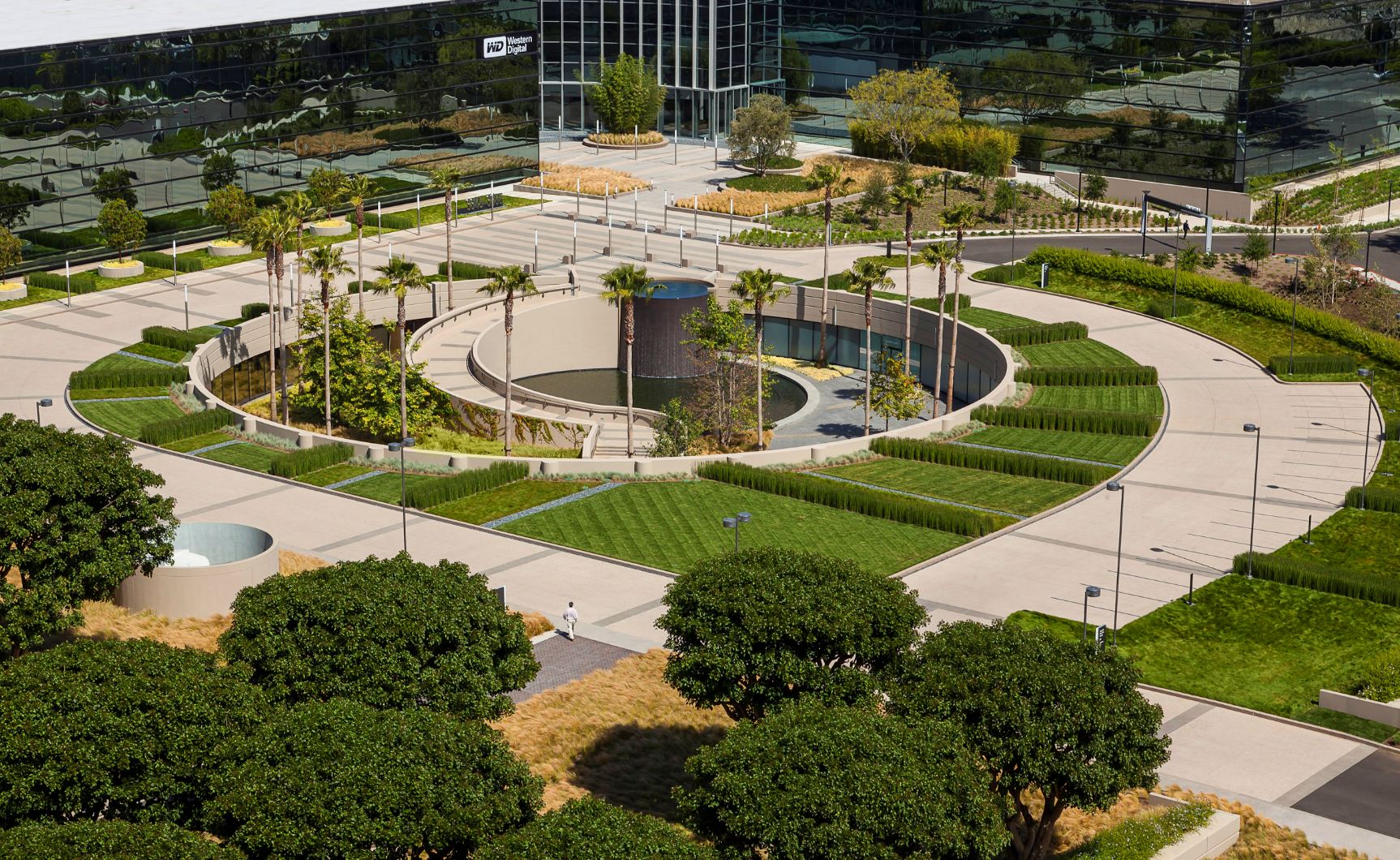
Pictured: Park Place, photo by LPA Inc. and Costea Photography.
What’s the worst part of the job and how do you deal with it?
I think most would agree — stress. As stated above, the building industry can be a grind and burnout from the workload demands can take their toll. Many days we are pulled in several challenging directions and the left hand does not always know what the right hand is doing. We put work flow schedules together (weekly, monthly, etc.) but many days a fire ignites and blows it all up. Construction administration is probably the most stressful as there are so many project variables that ultimately something unforeseen happens. Solutions are required immediately, all with potential cost impacts. That said, it is rewarding making decisions under the gun and seeing them immediately implemented. It is also exciting being on a construction job site with monolithic machines and workers everywhere pounding, saw cutting, craning, and blasting.
Back to the topic — my wife’s job as a care coordinator for at risk children helps put my career in perspective. In the building industry, it’s important to remember this is not life and death, but is a job in which we utilise our refined childhood creativity to build the world around us. Now try telling that to a contractor who just uncovered there is a 24″ deep existing utility line running where your plans show a row of 84″ box trees!
What’s the most enjoyable part of the job?
Observing your project being constructed and then physically experiencing the final product are truly satisfying experiences. More specifically — tapping your shoes to the paving, running a hand over the materials, hearing the sounds of running water, smelling the fragrant plant material, and relishing the shade from a beautiful specimen tree you aligned perfectly with a bench exactly 57 feet away because that’s how old the client was when he founded his company. Also, watching unbeknownst individuals experience the space in ways you did and did not envision is always a treat. It’s a great learning experience seeing what worked and what did not.
Projects are complex animals and I will always find wonder in how they come together. Even though it is a just a tiny cluster of homes, when in the neighbourhood I still visit my very first built project. On par with experiencing the final product are experiencing the people. It is a lot of fun working with the variety of team members, charging hard through challenges (sometimes frustrating one another), and building relationships along the way. Because our industry is so interconnected and localised you often find your next opportunity through those relationships.
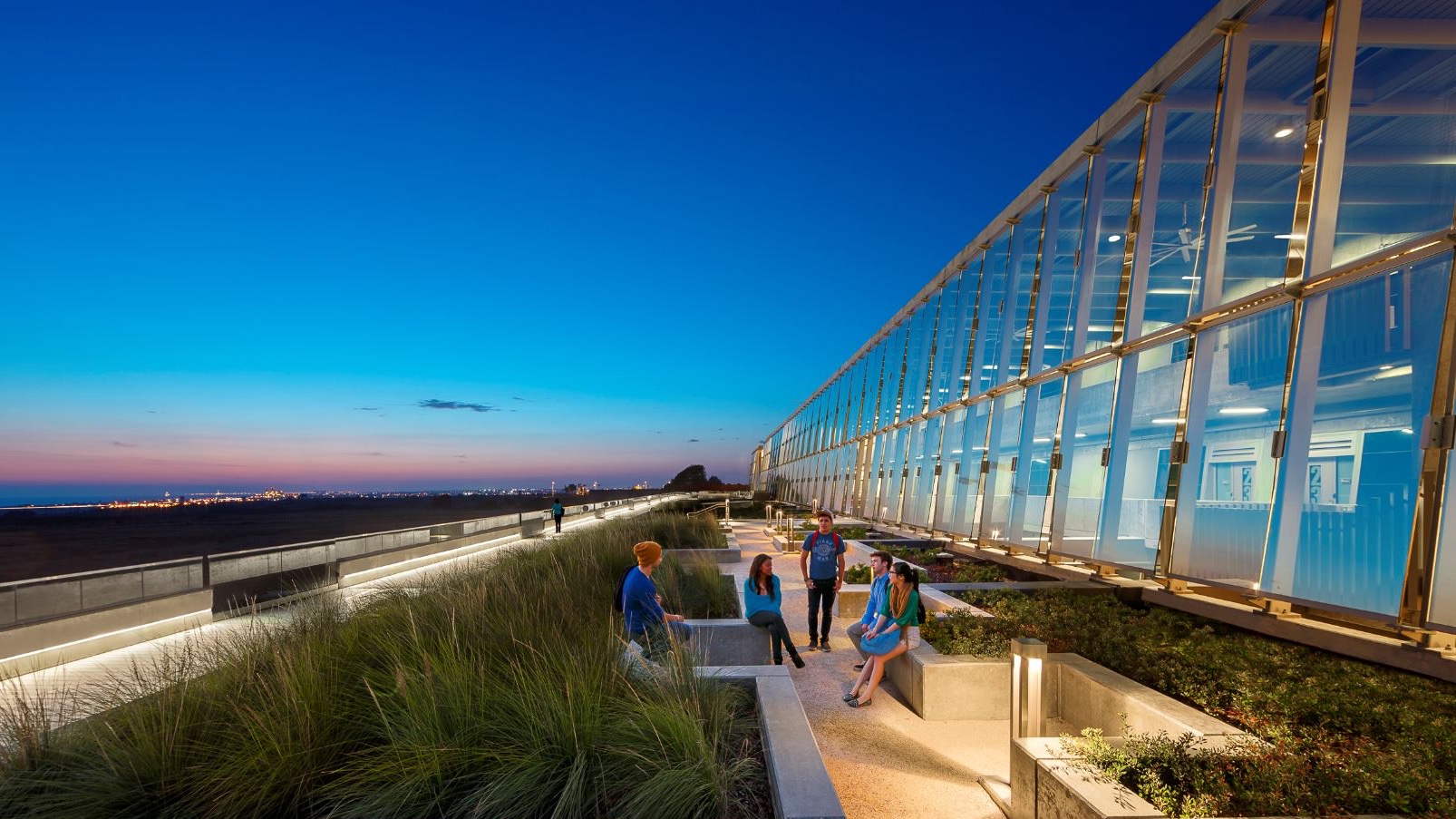
Pictured: Coastline Community College, photo by LPA Inc. and Costea Photography.
Do you have any advice for people who need to enlist your services?
Considering project scale most of our clients know what landscape architects do, so this is more for the home owner. Become educated about your own landscape. Discover what type of soil you have by using a soil testing kit. Take notice of what areas receive sun or shade and understand your local micro-climate. There are many variables to a maintaining a healthy landscape and even in SoCal, not all plants will grow everywhere. Realise that good design is not a cheap commodity, nor are the costs of that landscape being built. A single tree can cost thousands of dollars. Also, “native” and “drought tolerant” landscaping are usually two different things. Most people actually want drought tolerant as it is more encompassing and includes neato plants like succulents!
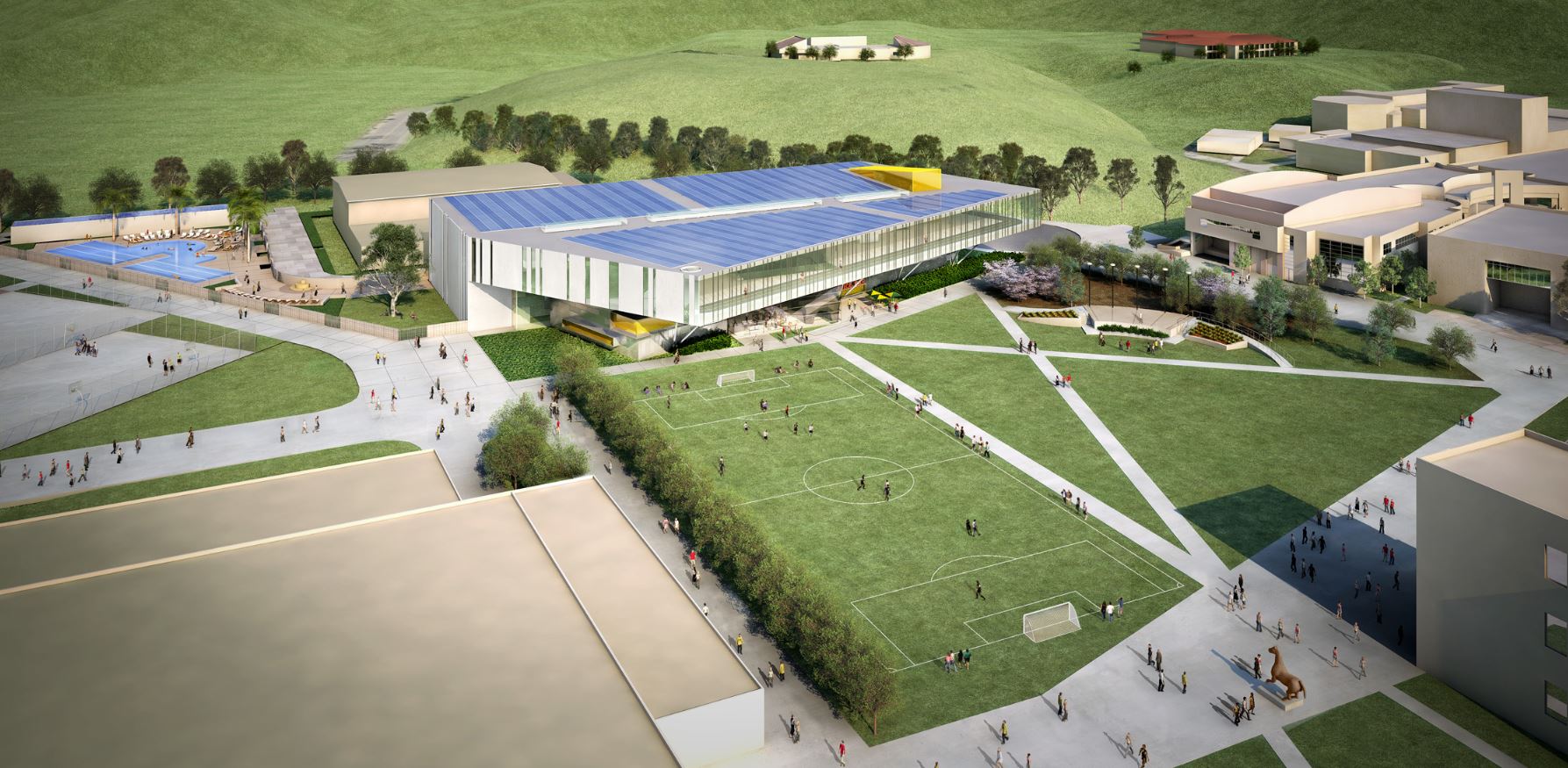
Pictured: Cal Poly Pomona Rec Center, image by LPA Inc.
How do you move up in your field?
I mentor some young professionals and always emphasise to be brave while you are young, stick your hand in many cookie jars, and never be “too big” for doing something you deem small. As cliché as it sounds, follow through on your commitments and your responsibilities will grow, because people will trust you and want you on their team. Some will say this is oversimplified and they may be right.
Personal diatribe — a previous office had a kitchen that began to look like “The Pit”. One of the owners knighted me “Kitchen Manager” and it became my duty to make sure it was cleaned each week. I developed a spreadsheet of rotating weekly team cleaners and annoyed them each Friday for their 15 minutes of greasy fame. Did I mention I love cleaning and defeating all things grimy? Anyways, that owner always acknowledged (even during reviews) I was the one who tamed his kitchen. Small things matter as you never know who is watching. Hard work altruism aside, the easiest way to “move up” is to change firms.
What do your customers under/over value?
In the building industry architects usually get the press and other disciplines (including landscape) may take a back seat. We hope that our customers (clients) take as much value in what landscape architects (and all disciplines) bring to the table. I think the behind the scenes (the fourth question) are inherently undervalued because as noted, they are behind the scenes. Most clients will take the time to thank us and it is always appreciated to hear they value how hard the project team worked to make sure it was designed and built beautifully, sustainably, and within budget.
What advice would you give to those aspiring to join your profession?
You will not get rich, it will be tough, you’ll be slighted by architects, but you will literally change the living world and how people interact with it and each other… hopefully for the better.
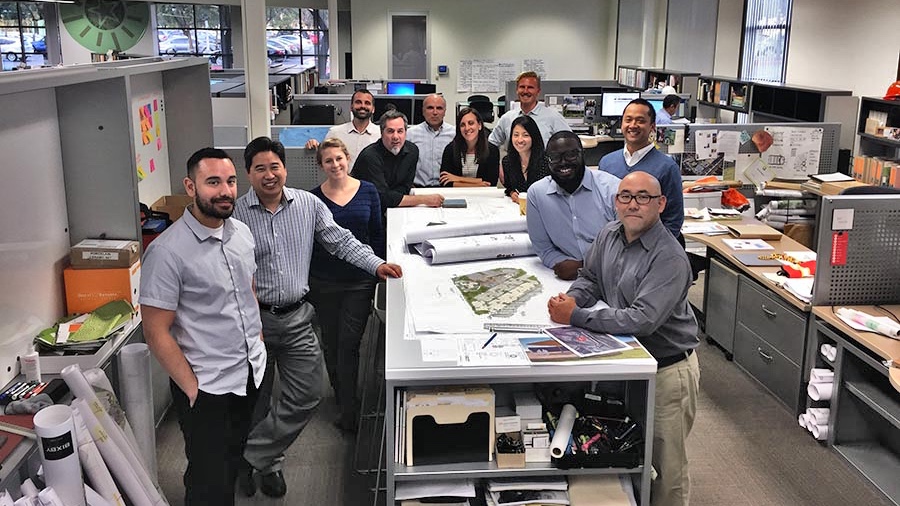
Bret and his team at LPA Inc.
Career Spotlight is an interview series on Lifehacker that focuses on regular people and the jobs you might not hear much about — from doctors to plumbers to aerospace engineers and everything in between.
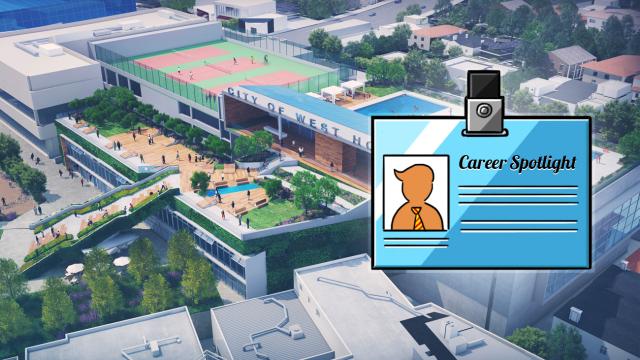
Comments